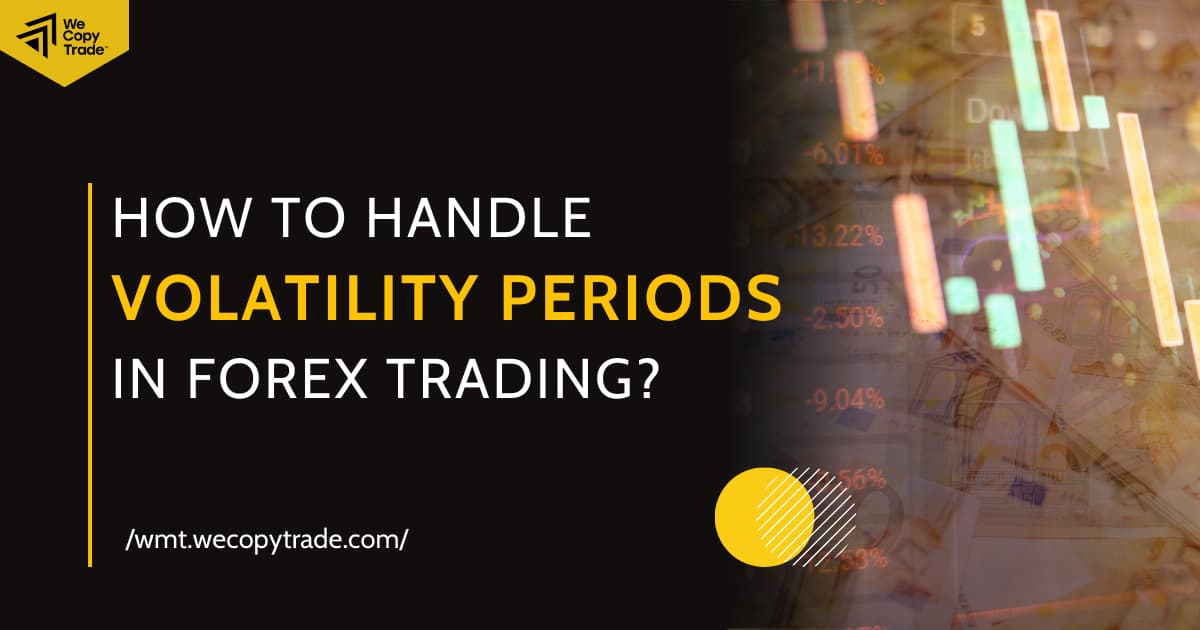Without adequate risk management, a trader who has earned significant gains can lose all of his money in just one bad deal. Risk management is a crucial instrument for limiting losses and keeping traders from losing their entire investment. This blog post will present you with vital risk management knowledge, such as the idea of risk management, its relevance, and key risk management strategies.
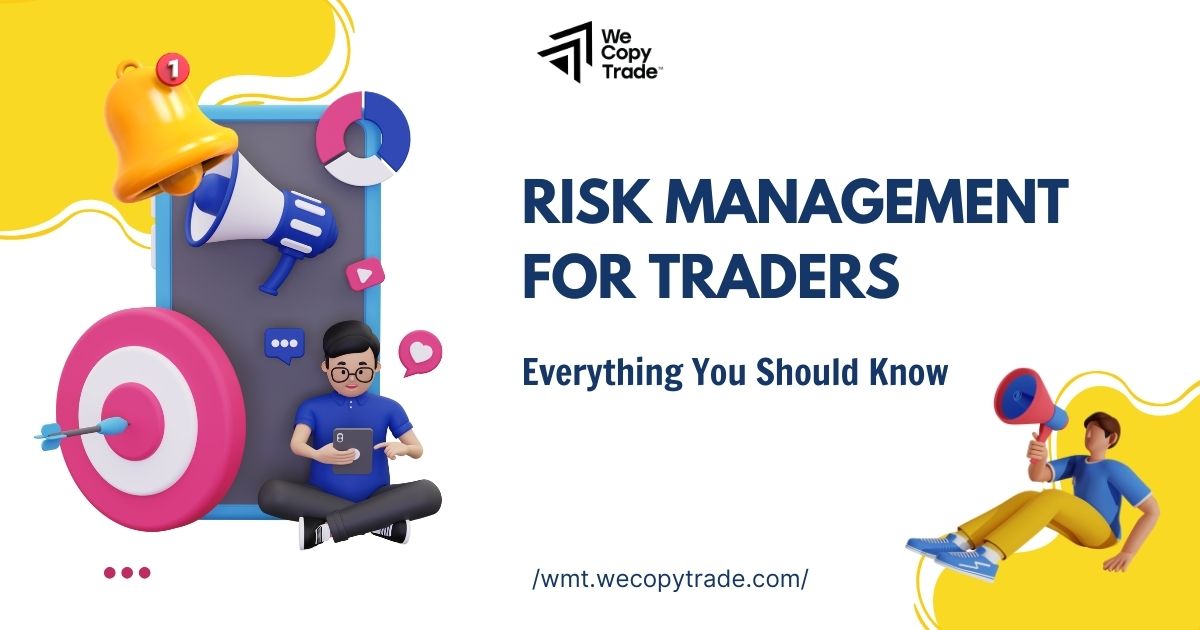
What is Risk Management?
Risk may be defined as the amount you stand to lose on a deal. Identifying your downside risk is just as important as understanding your profit goals. When you are on a winning streak, you are most likely to take risks because the line between confidence and hubris can become unclear.
Managing risk entails identifying, assessing, and controlling possible risks. This is to optimize the possibility of gaining profits and minimize the potential losses. This technique is crucial for safeguarding an investor’s capital and maintaining success over the long term.
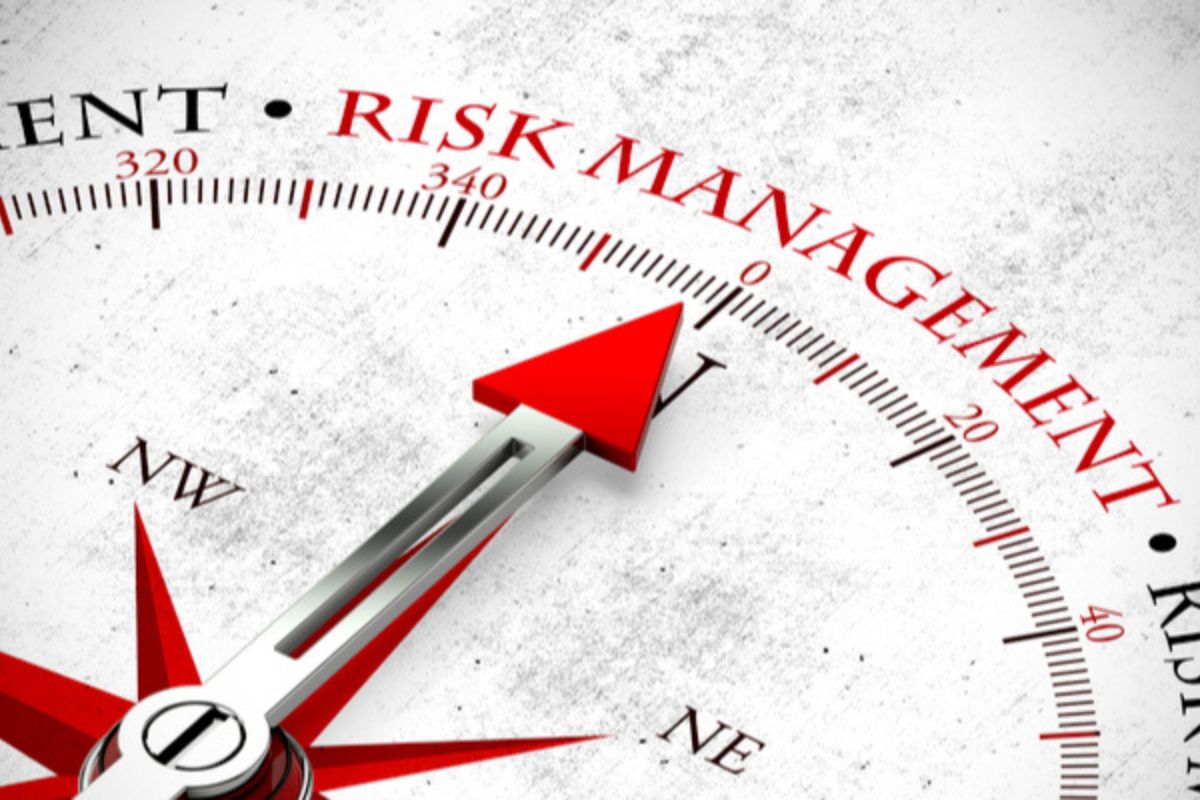
It is critical to be aware of these two main types of risks:
- Market risk: This risk type is something that the market does. It can potentially affect individual stocks, sectors, or even the whole market.
- Trade risk: This type of risk is entirely in the hands of the investor and is determined by planning, control, and reaction. It arises as a result of how investors react to market risk.
The main distinction between market risk and trader risk is how they may be managed. Market risk is uncontrolled; every investor is at the mercy of the financial markets. Trader risk is manageable since traders may respond to the market in any way they see fit.
Why is Risk Management Important for Traders?
Risk management must be the top priority for investors. Remember that you cannot control market risk, but you must manage trader risk. Here are several reasons why risk management matters:
- Capital preservation: This is the most essential role of risk management in trading. You can limit potential losses with various strategies such as stop-loss orders, diversifications, etc. Preserving money helps you have the financial resources to prepare for new trading opportunities in the future.
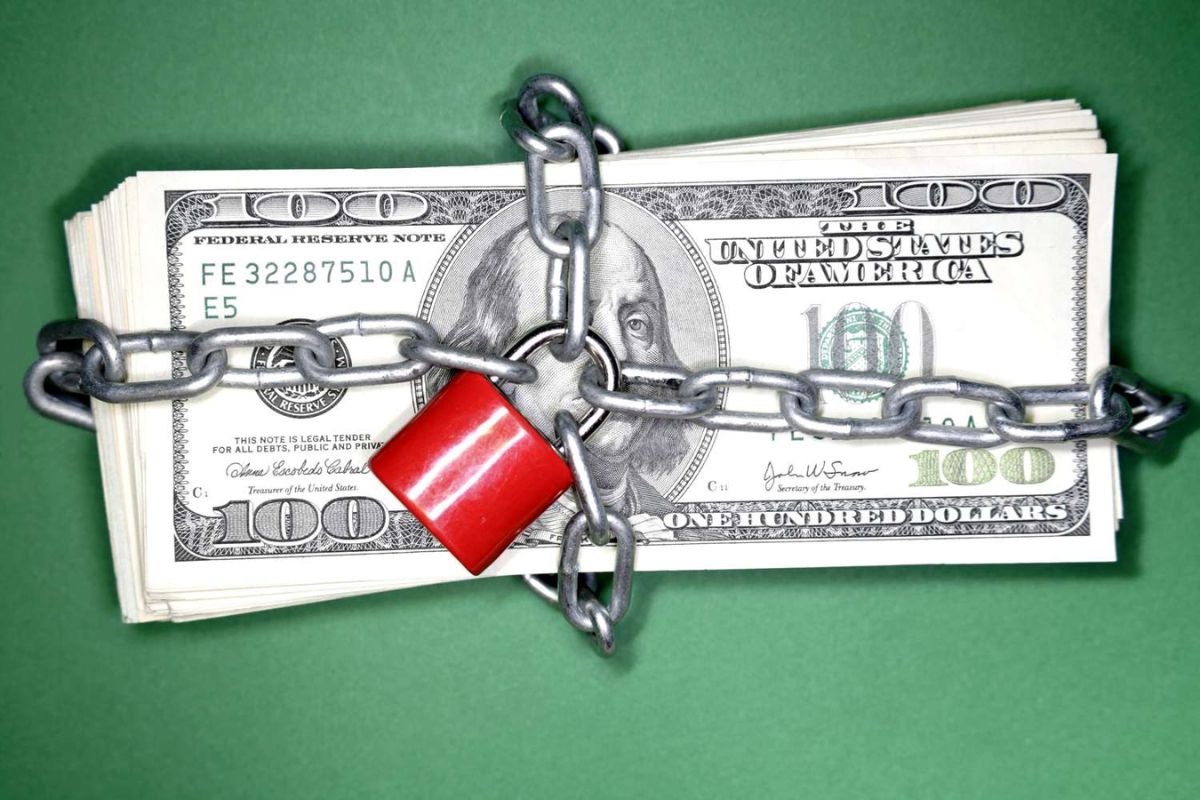
- Optimizing risk-reward ratios: If you evaluate potential gains against possible losses carefully, you can make informed decisions that align with your risk tolerance as well as financial goals.
- Long-term viability: Imagine you do not have a risk control plan, a series of losses will deplete your capital, making it challenging to recover. Managing risks helps you withstand market fluctuations and join lucrative trades over the long run.
- Emotional stability: Trading decisions are often affected by emotions like fear, greed, or impulsivity. A well-defined risk control plan helps you stick to your tactics even during challenging market conditions and reduces emotional stress.
- Building confidence: Having a clear risk management plan will help you build confidence. You are prepared and have predefined measures to handle possible losses. This contributes to better decision-making and helps you approach the market with a sense of assurance.
Key Risk Management Strategies for Traders
Risk management takes conscious effort, particularly in the beginning. A well-defined plan is critical for traders to preserve their money and gain profits. Here are some major risk management strategies that traders should consider:
Set stop-loss orders
One of the most fundamental and widely used risk control tactics in trading is setting stop-loss orders. Remember to include the stop-loss in your analysis of trade setups. A stop-loss order is considered your safety net. You can avoid potential financial hazards by deciding the maximum amount you are willing to lose on a deal. If the deal goes against you, the stop loss protects your exit and limits the loss.
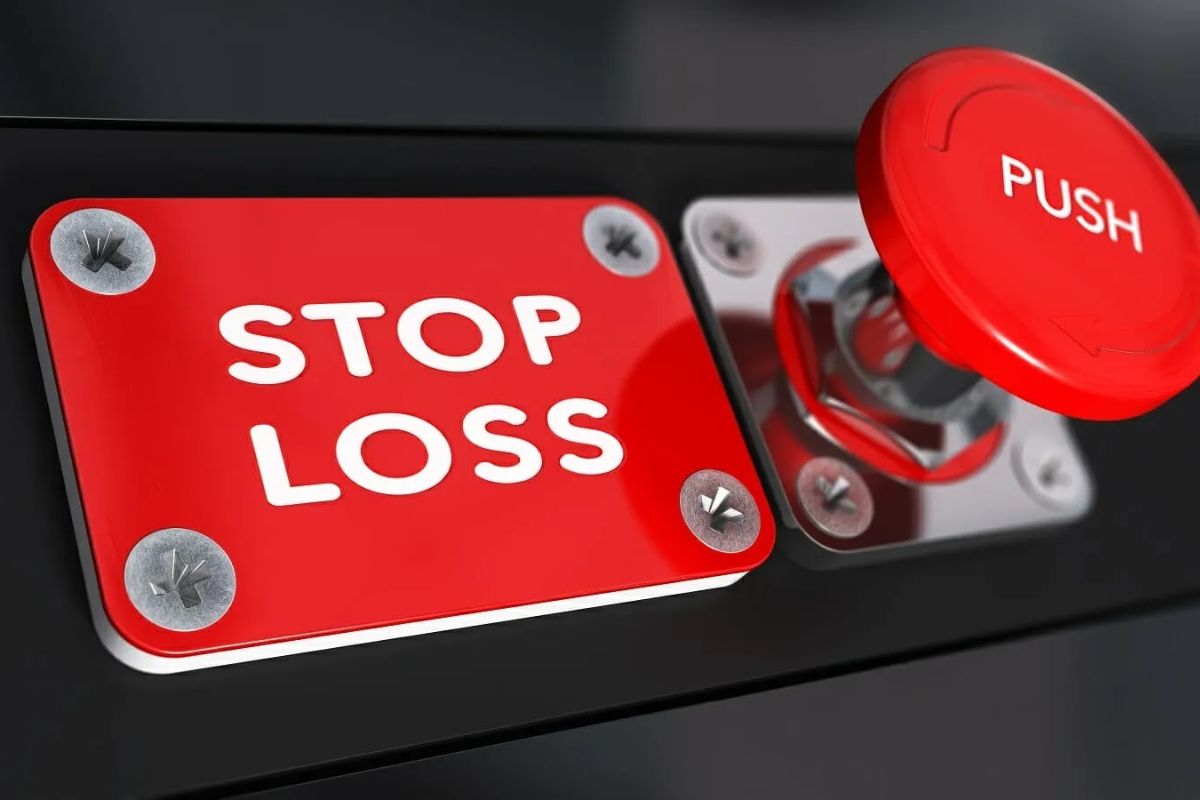
Utilize proper position sizing
Determining the size of each position is essential for controlling risk. This technique allocates a specific amount of trading capital to each transaction. This means that you should never risk more than a certain percentage of your capital on a single transaction.
A decent rule of thumb is to avoid putting more than 1-2% of your account balance at risk on any particular purchase. This strategy will assist you in ensuring that a single lost deal does not wipe out your entire account.
Diversify your portfolio
Never put all of your eggs in one basket while trading. Diversify your capital across various currency pairings and trading approaches. This is crucial to minimize risk since no one can predict the market action. A diversified portfolio can help you reduce the risk of being heavily exposed to a single currency pair or trading strategy. This can assist in lessening the effect of any negative market moves while also protecting your wealth.
Use risk-to-reward ratios
Another key risk management approach is to employ risk-to-reward ratios when executing transactions. A risk-to-reward ratio compares a trade’s possible profit to its potential loss. A risk-to-reward ratio of 1:2, for example, indicates that you are ready to risk one unit of currency to possibly earn two units. By adopting favorable risk-to-reward ratios continuously, you may guarantee that your winning transactions outnumber the losing trades, resulting in a good total return.
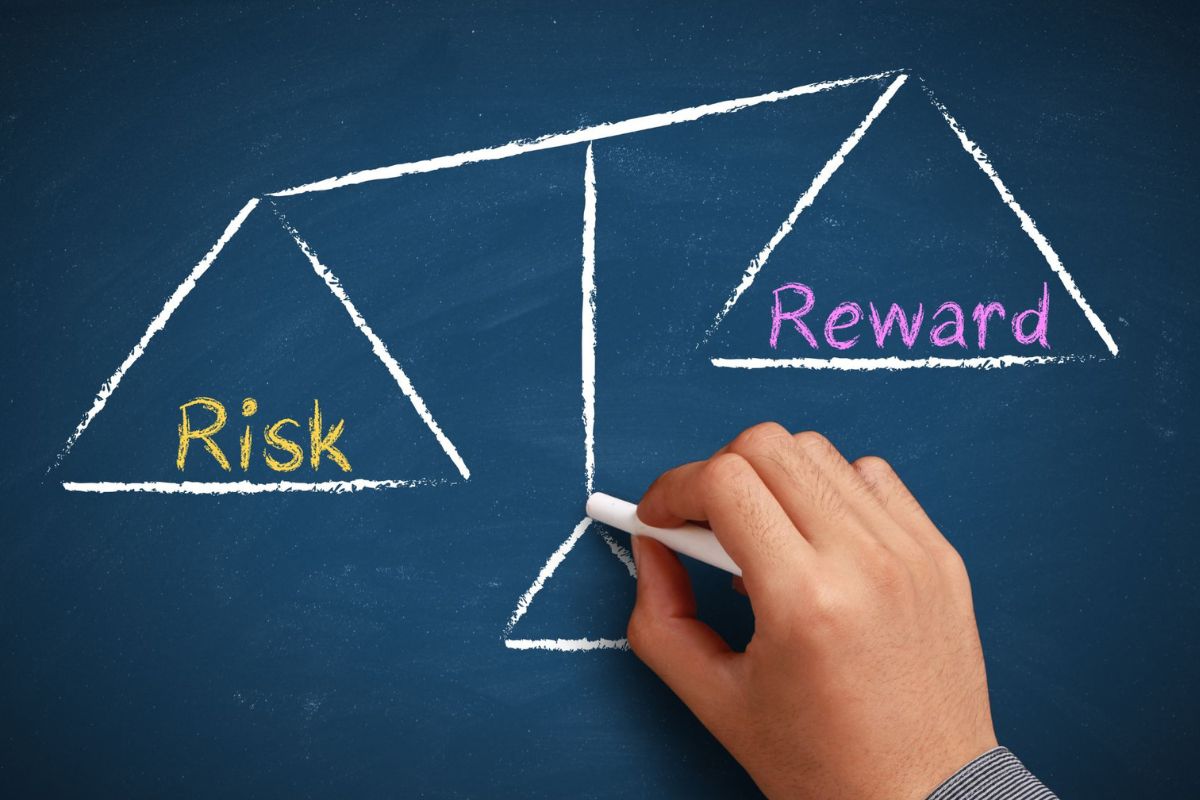
Cut losses swiftly
If a deal is not going your way and shows no sign of improving, let it go. Be self-disciplined enough to cut your financial losses as planned without hesitation. This is why you must plan ahead of time so that you do not have to overthink when you are in the transaction. Risk management plans are meaningless unless they are carried out without a second thought.
Monitor market volatility
Markets are highly volatile, and circumstances may shift quickly. You must constantly keep an eye on your positions, market movements, and the latest news. This will allow you to make rapid improvements to your risk management strategies. Reduce position sizes or tighten stop-loss settings during periods of extreme volatility to safeguard against severe market movements.
Keep emotions in check
Controlling emotions is the most challenging component of trading. If you cannot manage your emotions, they will cloud your judgment and cause you to draw hasty conclusions. Maintain emotional control and stick to your risk management strategies. By practicing discipline and following a well-defined risk management plan, you may avoid making hasty decisions based on fear or greed.

Tips for Effective Risk Management for Traders
Here are several additional tips for effective risk management in trading:
- Determine your risk tolerance, do not risk more than you can afford to lose.
- Utilize a risk management calculator to accurately calculate the right size of your stop loss.
- Adhere to your set trading plan.
- Keep an eye on your positions and be prepared to exit a transaction if it begins to go against you.
- Take a break from trading if you are feeling anxious or stressed.
- Try out demo trading.
Final Words
Risk management is a crucial component of effective trading. Not having a proper risk control method, you are risking your capital and risk of gaining potential profit. Remember that trading, is not only about profit but also about saving money for future opportunities. To protect your capital, you must be aware of the risks associated with trading and take proactive measures. Visit our website at https://wmt.wecopytrade.com/ for more trading tips.




